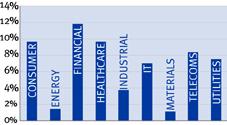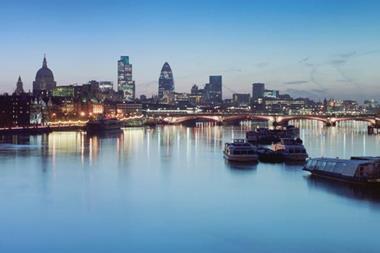The directors’ and officers’ insurance market is stable, with plenty of insurers competing on price. But, as austerity measures kick in, claims could increase and perhaps even force a hardening
The business world is back in the headlines. And that means the people at the top of it are coming under closer scrutiny.
Correspondingly, the operating environment for directors and officers has only become more onerous. The prime responsibility of a director is to ensure their company is well run.
Unfortunately, the number of corporate disasters and ensuing claims of negligence or incompetence against company directors since 2008 has risen steeply. Many European institutions have been the subject of litigation, both from investors and shareholders. And the cost of proceedings is skyrocketing in line with legal expenses and the scope of multijurisdictional regulatory investigations.
The need for companies to cut costs has meant large-scale redundancies, and with employees more aware of their employment rights, they are now more prepared to seek financial recourse against their previous employers and directors.
Added to this, regulation in numerous areas is becoming ever-more onerous and the regulators themselves are taking a more aggressive attitude in ensuring companies and their directors are acting within the law.
Awaiting the flood
As of yet, the financial crisis and ensuing recession has not given rise to the kind of severity and frequency of claims that could be expected to force a brutal hardening of the D&O market. That has led to accusations that certain sections of the market were using the crisis to try to talk up rates. “We’ve not seen a flood of claims,” Newell confirms. “On the surface of it, it hasn’t panned out as many commentators were predicting.”
But the whole situation could be artificial, he warns. The torrent of rescue packages that governments around the world rolled out in the depths of the economic crisis have helped to significantly soften the blow. “It’s difficult to say how much bigger the D&O claims would have been in the absence of the unprecedented fiscal support that we’ve seen from central banks around the world,” Newell says.

Watch out
So what does the future hold? Newell believes there’s a real risk of some hidden monsters emerging as government support packages are withdrawn and austerity drives start to kick in.
As governments pull back their support and cut contracts with the private sector, some companies could be forced under. If it turns out to be true that cuts were undertaken too soon, before the recovery was fully off the ground, the private sector could be hit. All this, Newell believes, could create uncertainty for businesses, and when shareholders lose out because profit targets aren’t met, there’s likely to be a rise in D&O claims.
Further, a secondary boat of contagion from the European Economic Area, and a corresponding decline in economic activity, could also result in a rise in commercial D&O claims, adds Newell.
He emphasises the need for directors to be transparent and to satisfy disclosure requirements in a responsible fashion. “The need for timely communication and disclosure to shareholders and regulators has never been more important.”





































